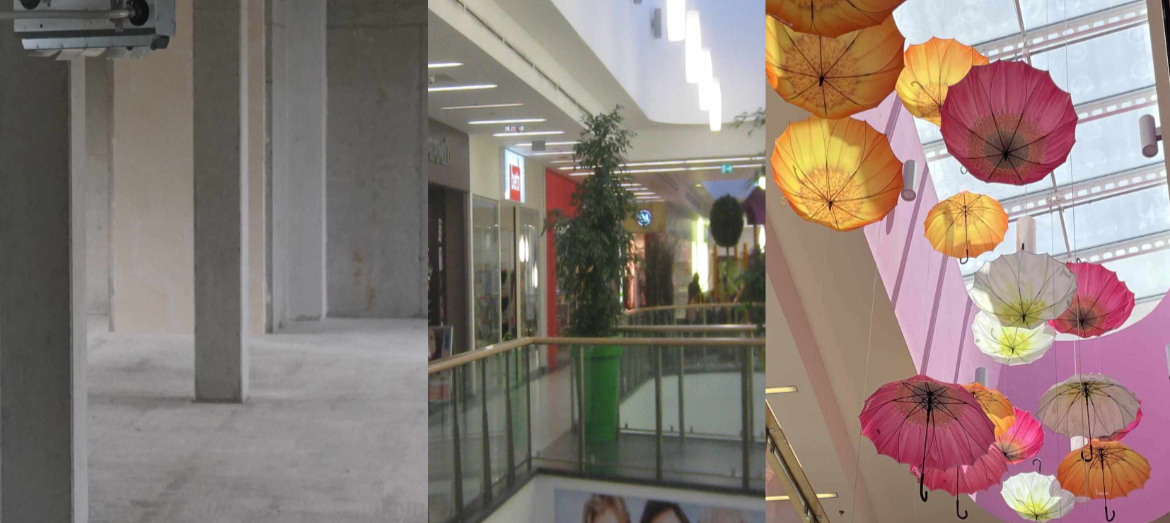Repositioning assets is an exciting topic. Often the only chance to lead a property back to success.
Repositioning commercial real estate – an opportunity for sustainable success
Repositioning is an unwieldy term. But what exactly is it all about?
No matter whether it is a shopping centre, retail parks, office buildings or even residential buildings, a long-lasting high vacancy rate poses a multitude of problems.
Not only is there a lack of income to fully cover the operating costs, but the building also gets a negative reputation in the market. Potential tenants hesitate to move into the building, customer frequency drops and financing partners become nervous.
Especially when the appraised value is revised downwards or financing conditions such as the loan to value ratio (LTV), the interest coverage ratio (ISCR) or the debt service coverage ratio (DSCR) can no longer be met, it becomes stressful.
Urgent action is needed to restore the property’s profitability and lead to an increase in value.
In order to make a property “marketable” again, or in other words, to carry out a successful restructuring, an intensive examination of the property is required.
How does a property become marketable again?
It all starts with troubleshooting. This may sound trivial, but a thorough analysis of a building’s strengths and weaknesses is an extremely elaborate process.
Are there technical deficiencies that deter potential tenants? Tenant satisfaction is an essential part of this analysis. Do customers encounter a lack of cleanliness, negligent condition, inappropriate tenant mix or lack of service, etc.?
Is the current tenant structure and are the existing tenancy agreements sustainable? What is the quality of the catchment area in terms of average income, etc.? What is the location like in terms of accessibility, etc.?
What is the competition like? This concerns not only other providers of similar services, but also pricing and building characteristics, etc.
In short, is the offer suitable to satisfy the needs of potential clients?
We, MPT Advisory Group, have gained a lot of experience in recent years with commercial properties “to be restructured” in various countries of the EU. Talk to us!
What kind of measures are possible?
A detailed analysis will lead to a comprehensive catalogue of measures that will improve performance.
Structural measures such as extensions, renovations or upgrades may be required to increase the attractiveness for tenants. A redesign can also take place, for example by converting a shopping centre from pure retail space to a mixed-use space integrating office space, medical practices, etc. Rebranding and a completely new positioning can bring about a change in the tenant structure and make the shopping centre or retail park attractive to customers again.
Office space becomes more attractive for tenants and especially for their employees through flexible use concepts such as shared offices and extended services. Commercial space can be converted into storage space, or part of the flats can be marketed as serviced flats.
The issue of “costs” should not be neglected either. High operating costs are a deterrent. A reasonable ratio between achievable turnover and rental costs must be maintained (occupancy cost ratio).
Targeted and creative marketing expands the target group. This issue is often underestimated.
Last but not least, the quality of service must be right, especially in property and centre management.
What is the goal?
The goal of repositioning is to improve profitability and cash flow and thus increase the value of the property.
Once again, it should be emphasised that an intensive examination of the property is necessary in order to be successful.
We are happy to put our know-how and resources at your disposal.
Share this post:

